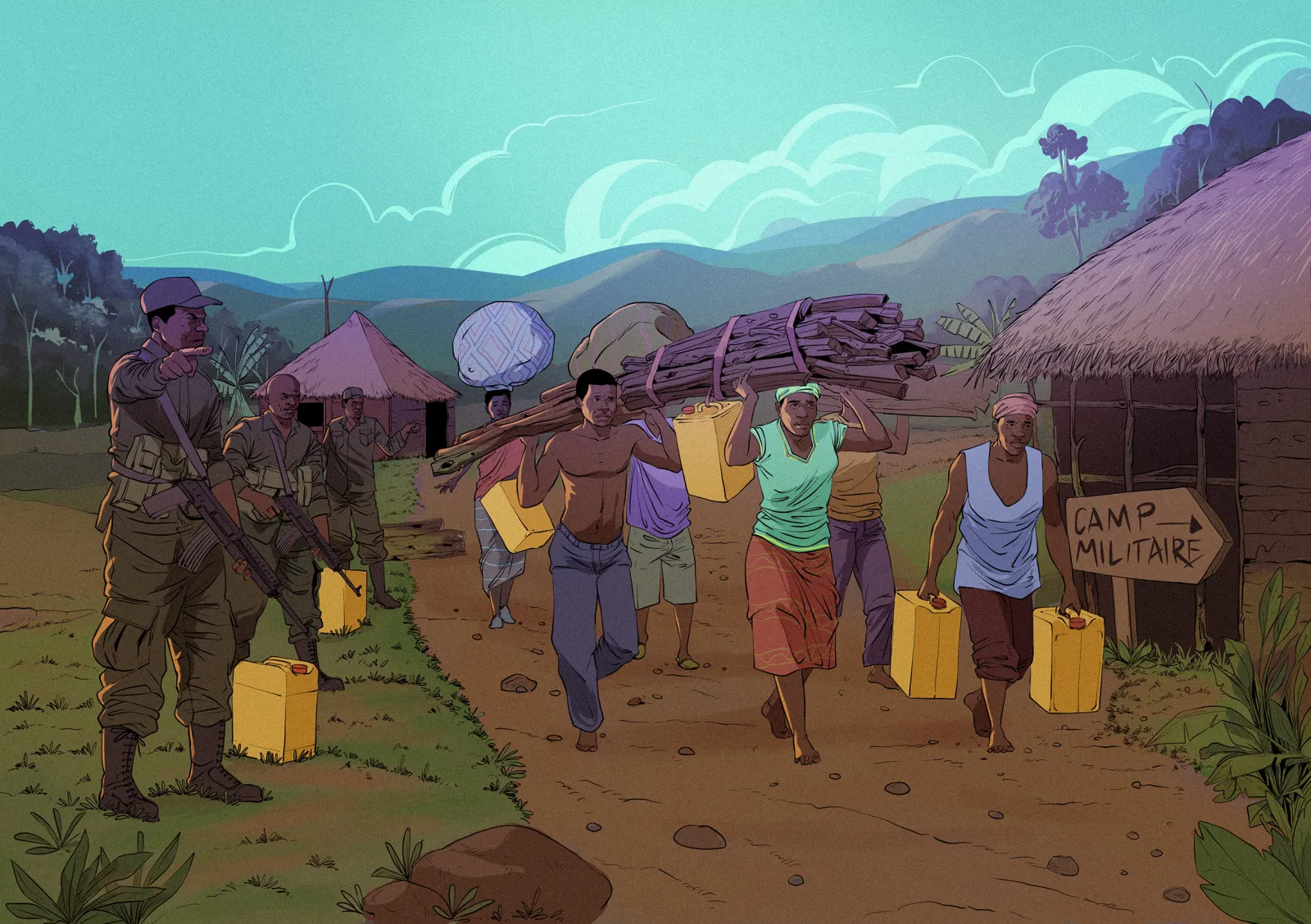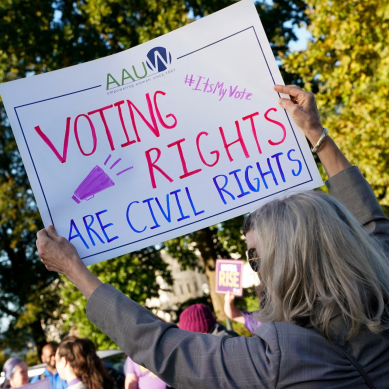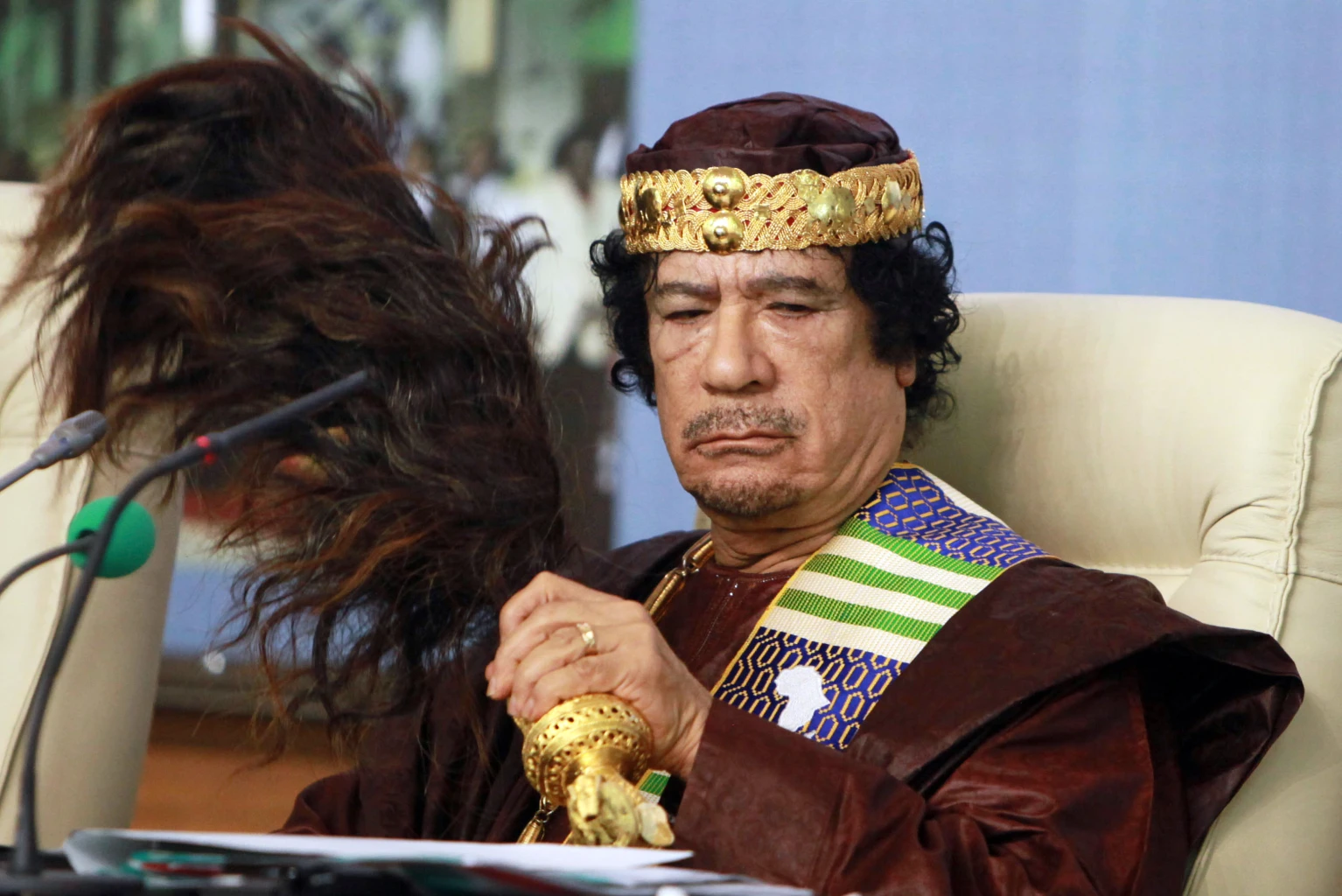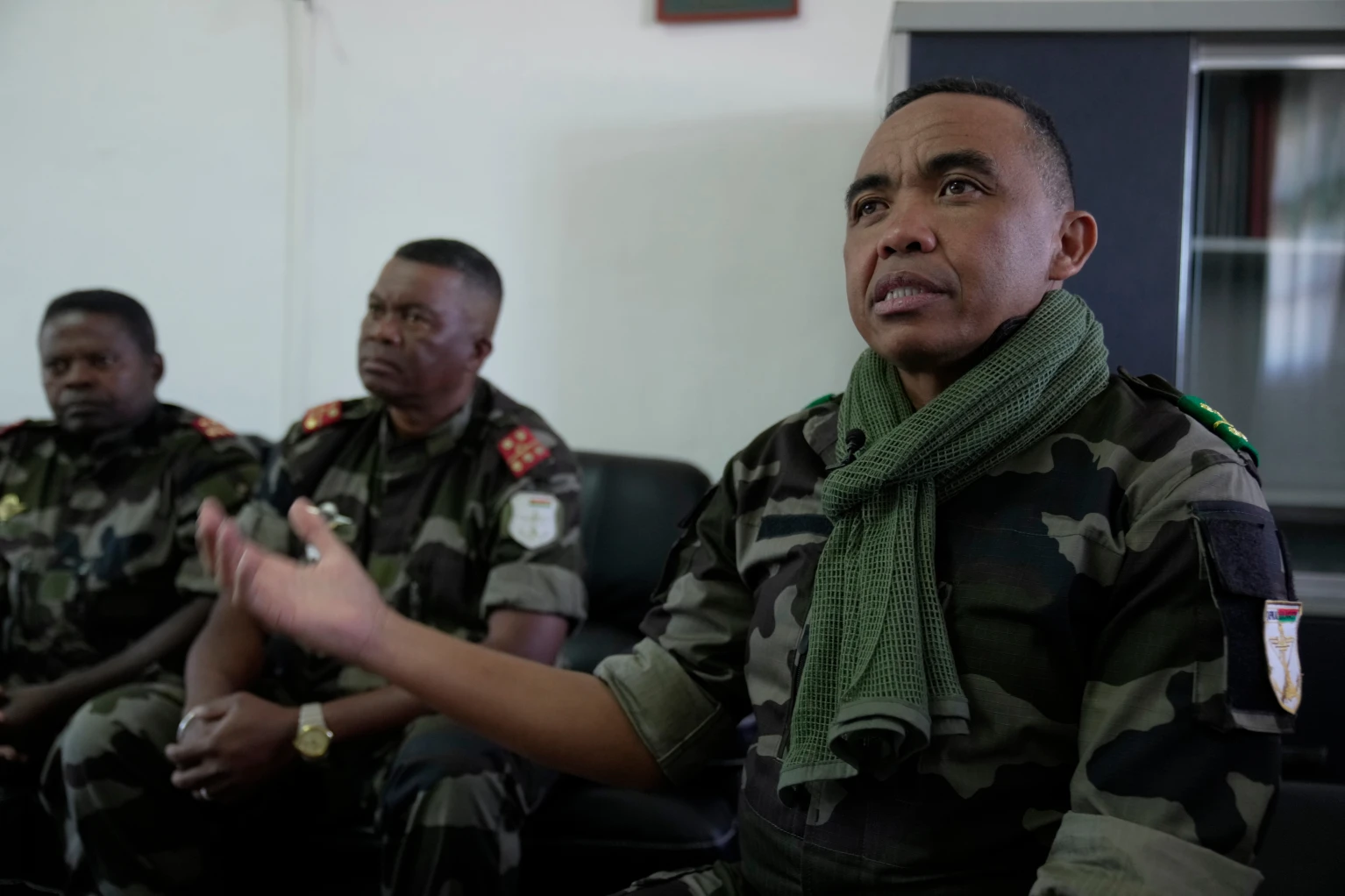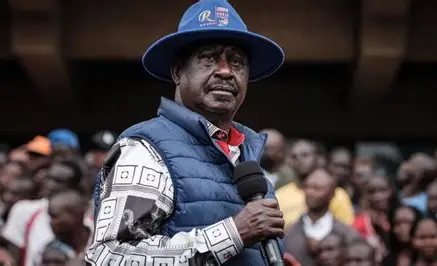
Au revoir Raila Odinga: You fought a good fight, finished the race and kept the faith in East Africa
I am deeply saddened by the death of the former Prime Minister of Kenya (2008-2013) Raila Odinga at the age of 80.
Odinga was my senior chronologically by four years.
I had heard of Raila Odinga during my undergraduate times at the University of Dar-es-Salaam in the early 1970s. During the late 1950s and the 1960s I heard of his father, Mzee Jaramogi Odinga, who later served as first Vice-Presidebt of Kenya, in connection with the struggle against British colonialism (in civics lessons in primary school) and my pursuit of knowledge on Kenya’s post-,independence political challenges, problems and issues.
Like his son during the reign of Daniel arap Moi, Jaramogi Odinga was a tireless opposition leader under Jomo Kenyatta but only struck one alliance between his party – Kenya African Union (KAU) and that of Kenyatta (Kenya African National Union). Known as Double O, he died in 1994 aged 82.
I came to know more about Raila Odinga at close range in the early 1980s when I was a postgraduate student of Biology of Conservation at the University of Nairobi. He was accused in 1982 by President arap Moi of attempting to overthrow his government and was incarcerated for six years.
Raila Odinga made five unsuccessful presidential bids but in the process emerged the greatest shaper of post-Moi Kenyan politics and foremost advocate for and defender of multiparty politics in the country.
He was a good example in Kenya at the time of the risk of a young politician opposing a mushrooming dictator. Beyond incarceration he politically developed to be a master-striker of political alliances solely for his individual political survival in order to protect his burgeoning chain of businesses rather than as a contribution to the police development of Kenya and its people.
Although he gave the impression that he wanted to be president of Kenya, it became obvious that he did not mind if he could strike political alliances with his political adversaries to ensure there was stability in the country for him to protect his businesses. Often he was called a traitor by especially the young Kenyans.
It is not farfetched for one to assert that Kenya remained secure, peaceful and stable because of the ease with which Raila Odinga played his politics of alliances. He struck a political alliance with President Uhuru Kenyatta in what was called “The Handshake”. Uhuru was able to complete two terms as President of Kenya.
Last year he ensured that he reached a political deal with President Daniel arap Ruto that resulted in a broad-based government, thereby rendering the arap Ruto regime somewhat stable in the face of the threat Gen Z (Generation Z). My country Uganda has gained greatly from the influence of Raila Odinga on Kenya’s politics because her international trade depends heavily on the stability of Kenya.
In my view, therefore, Raila Odinga, has not only shaped the politics of Kenya and East Africa but also the economies therein. However, time, the ultimate judge, will tell whether Kenya will survive politically beyond the centrality of Raila Odinga in political alliances. It will also tell whether Uganda in particular and East Africa in general will survive politically and economically without Raila Odinga’s centrality in striking political alliances in Kenya.
Some skeptics may argue that political alliances belong to opportunists rather than lovers of pluralism, democracy and, social, political and economic stability and development. Such skeptics would characterize Raila Odinga as an opportunist par excellence. However, such views are expected about politicians, since most of them work for themselves and their families focusing on social, iconic and political gains at the expense of others
One thing is true. We shall greatly miss Raila Odinga on the political stage in Kenya, East Africa, Great Lakes Region and Africa.
May his soul rest in peace.
- A Tell report / By Oweyegha-Afunaduula / Environmental Historian and Conservationist Centre for Critical Thinking and Alternative Analysis (CCTAA), Seeta, Mukono, Uganda.
About the Centre for Critical Thinking and Alternative Analysis (CCTAA)
The CCTAA was innovated by Hyuha Mukwanason, Oweyegha-Afunaduula and Mahir Balunywa in 2019 to the rising decline in the capacity of graduates in Uganda and beyond to engage in critical thinking and reason coherently besides excellence in academics and academic production. The three scholars were convinced that after academic achievement the world outside the ivory tower needed graduates that can think critically and reason coherently towards making society and the environment better for human gratification. They reasoned between themselves and reached the conclusion that disciplinary education did not only narrow the thinking and reasoning of those exposed to it but restricted the opportunity to excel in critical thinking and reasoning, which are the ultimate aim of education. They were dismayed by the truism that the products of disciplinary education find it difficult to tick outside the boundaries of their disciplines; that when they provide solutions to problems that do not recognise the artificial boundaries between knowledges, their solutions become the new problems. They decided that the answer was a new and different medium of learning and innovating, which they characterised as The Centre for Critical Thinking and Alternative Analysis (CCTAA).
